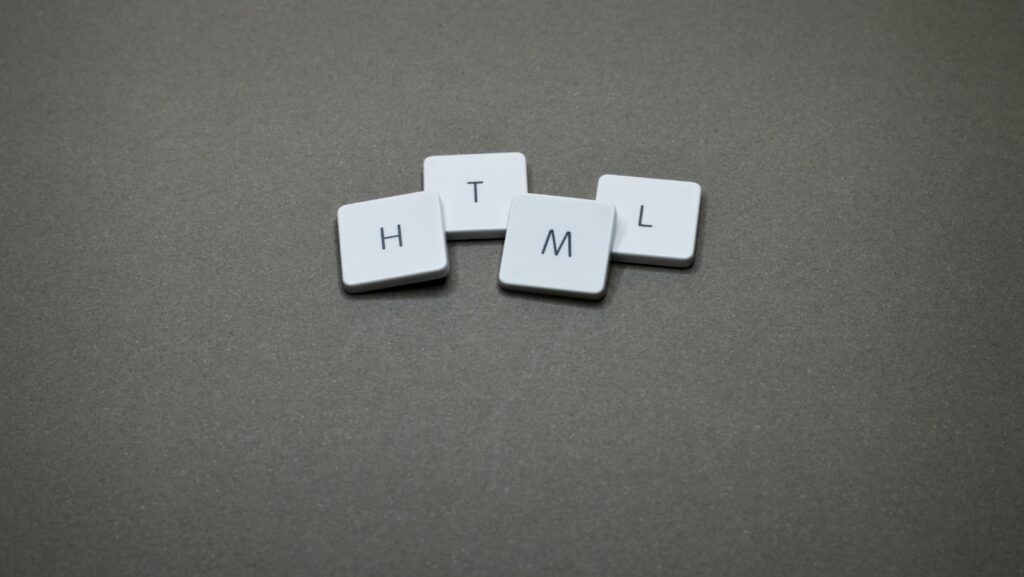Key Takeaways
- Understanding Resizing Importance: Resizing images optimizes load times, reduces storage needs, and enhances visual clarity across platforms, improving user experience and design quality.
- Common Use Cases: Image resizing is essential for web design, social media, print media, and presentations, ensuring the visuals are appropriately tailored for each application.
- GIMP Accessibility: GIMP is available for multiple operating systems, making it an accessible tool for users looking to edit images effectively.
- Steps for Image Resizing: Resize images in GIMP by using the Image menu or the Scale Tool, ensuring to maintain aspect ratio for professional results.
- Resolution Considerations: Choosing the right resolution for images is crucial—use 72 DPI for web and 300 DPI for print to balance clarity and file size.
- Troubleshooting Tips: Preserve image quality by maintaining aspect ratios, optimizing resolution settings, and selecting appropriate interpolation methods to prevent blurry or distorted images.
GIMP is a powerful tool for image editing that offers a wealth of features, including the ability to resize images effortlessly. Whether it’s for web use, social media, or print, knowing how to resize images in GIMP can significantly enhance the visual appeal of any project.
Resize Image In GIMP
Resizing images in GIMP significantly enhances their utility across various platforms. Understanding its value maximizes visual quality for multiple applications.
Importance Of Resizing Images
Resizing images affects load times, storage requirements, and visual clarity. Optimized images improve website performance, contribute to better user experience, and ensure images fit specific design requirements. Correct dimensions prevent distortion and maintain aspect ratios, preserving image quality.
Common Use Cases
Common scenarios for resizing images include:
- Web Design: Images tailored for webpage layouts enhance aesthetics and functionality.
- Social Media: Resized images better suit platform specifications, ensuring optimal display and engagement.
- Print Media: Correct dimensions for advertisements or publications ensure high-quality prints.
- Presentations: Images resized for slides keep visuals clear and impactful.
These use cases showcase the necessity of image resizing in different contexts and applications.
Getting Started With GIMP
GIMP is available for multiple platforms, making it accessible to various users. Familiarizing oneself with GIMP’s interface and installation process is essential for effective image editing.
Installing GIMP
 Visit the Official Website: Navigate to gimp.org to download the latest version of GIMP.
Visit the Official Website: Navigate to gimp.org to download the latest version of GIMP.- Choose the Right Version: Select the version compatible with the user’s operating system, such as Windows, macOS, or Linux.
- Download the Installer: Click the download link to obtain the installer file.
- Run the Installer: Locate the downloaded file and double-click to initiate the installation process.
- Follow Instructions: Complete the setup by following the on-screen prompts. Users can customize installation options or continue with default settings.
- Main Window: The central workspace where users edit images, featuring the active image area.
- Menu Bar: Contains drop-down menus for access to various functions, including file management, editing, and enhancements.
- Toolbox: Displays essential tools for editing tasks such as selection, painting, and transformation.
- Layers and Channels: The Layers dialog organizes image layers, enabling users to manipulate elements independently.
- Status Bar: Provides feedback on tool options and file information, enhancing the user experience.
- Dockable Dialogs: Users can enable additional dialogs for functionalities like brushes, gradients, and paths, allowing greater customization of the workspace.
How To Resize Image In GIMP
Resizing images in GIMP involves straightforward steps through various menus and options. This guide covers methods to achieve precise image dimensions effectively.
Using The Image Menu
Resizing an image via the Image menu ensures control over the dimensions. Follow these steps:
- Open the image in GIMP.
- Select the Image menu, found in the top menu bar.
- Click on Scale Image. A dialog box appears.
- Enter desired dimensions in the Width and Height fields, using pixels or percentage for measurement.
- Adjust the resolution if necessary, affecting image quality for print or web use.
- Click Scale to apply changes. The image resizes accordingly.
Adjusting Image Size In The Tool Options
Tool Options provide additional flexibility for resizing. Use the following steps:
- Choose the Scale Tool from the toolbox or access it via the Tools menu.
- Click on the image to display the Scale Tool options in the Tool Options dialog.
- Adjust the Size fields, entering new Width and Height values.
- Maintain Aspect Ratio by clicking the chain icon, ensuring proportional scaling.
- Click and drag on the corners of the image to resize visually while holding the Shift key for precision.
These methods facilitate effective image resizing in GIMP, enhancing usability across projects.
Tips For Effective Resizing
Effective resizing enhances image quality and usability. Implementing best practices ensures optimal results across various applications.
Maintaining Aspect Ratio
 Maintaining the aspect ratio prevents image distortion during resizing. Aspect ratio represents the proportional relationship between an image’s width and height. To maintain this ratio in GIMP, check the “Chain Link” icon next to width and height fields before entering new dimensions. This action links the values, allowing for automatic adjustments while resizing. Consistently preserving aspect ratio results in professional-looking images suitable for any platform.
Maintaining the aspect ratio prevents image distortion during resizing. Aspect ratio represents the proportional relationship between an image’s width and height. To maintain this ratio in GIMP, check the “Chain Link” icon next to width and height fields before entering new dimensions. This action links the values, allowing for automatic adjustments while resizing. Consistently preserving aspect ratio results in professional-looking images suitable for any platform.
Choosing the right resolution affects image quality and performance. An ideal resolution balances clarity and file size. For web use, a resolution of 72 DPI (dots per inch) suffices, ensuring quick loading times. For print, a minimum of 300 DPI is essential for clear, high-quality images. In GIMP, set the resolution during the image resizing process in the “Resolution” field. This practice guarantees the image’s suitability for its intended purpose, whether digital or print.
Troubleshooting Common Issues
While resizing images in GIMP, users might encounter a few common issues. Understanding these problems aids in achieving optimal results without losing image quality.
Image Quality After Resizing
Image quality can degrade after resizing if incorrect settings are used. Use the following tips to preserve image clarity:
- Maintain Aspect Ratio: Ensure the “Link” icon between width and height is activated to prevent distortion.
- Optimize Resolution: Select the appropriate resolution. For web images, 72 DPI suffices, while 300 DPI is ideal for prints.
- Check Interpolation Method: Choose an appropriate interpolation method, like Cubic or Sinc (Lanczos3), for better quality when scaling.
- Unexpected Cropping: Images may appear cropped. Adjust the canvas size before resizing the image.
- Blurry Images: Blurriness often results from low DPI settings or improper interpolation. Adjust resolution and retry resizing with a better interpolation option.
- File Format Issues: Some formats may not support specific features. Convert files to appropriate formats, like PNG or JPEG, when necessary.
- Dimensions Not Applying: Ensure the “Scale Image” dialog is filled correctly. Verify both width and height fields are enabled.
Choosing The Right Resolution
Mastering image resizing in GIMP is essential for anyone looking to enhance their visual projects. By understanding the various methods and best practices outlined in the article, users can ensure their images are optimized for any platform. This skill not only improves aesthetics but also contributes to better performance in web design and social media.
With the right techniques in place users can avoid common pitfalls and maintain image quality. GIMP’s versatility makes it a valuable tool for both beginners and experienced editors alike. Embracing these resizing strategies can lead to more professional results and a more enjoyable editing experience.

